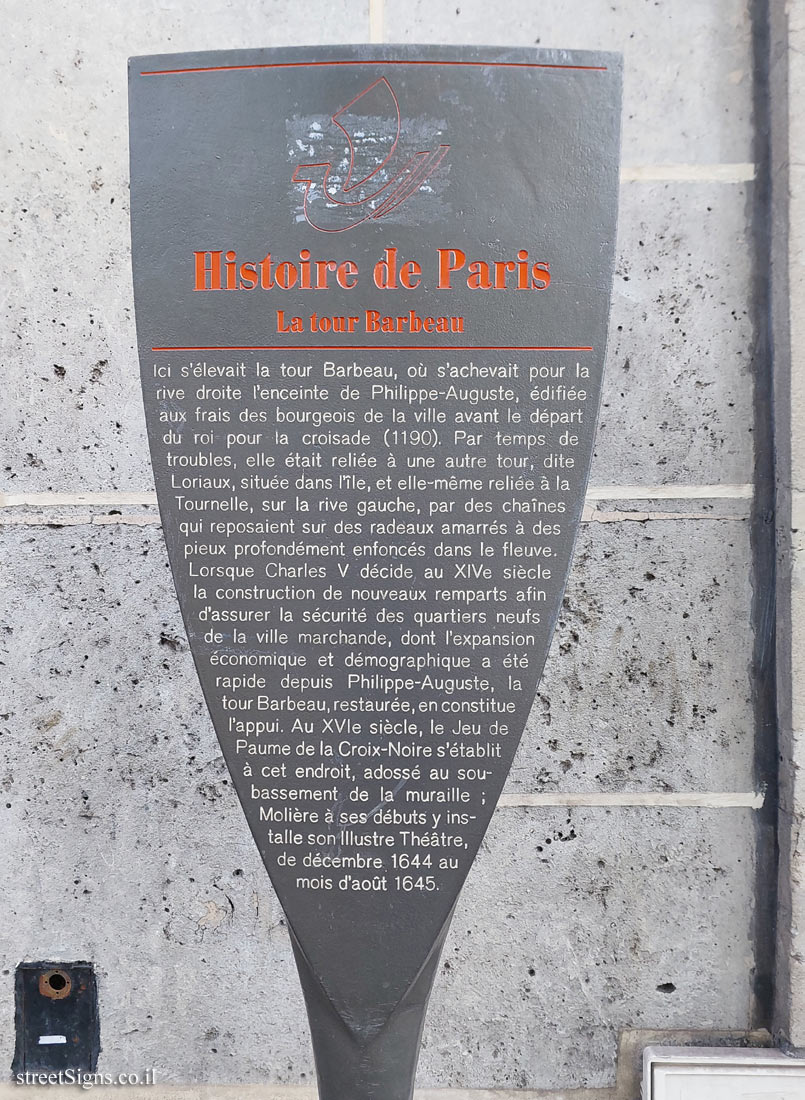
The ultimate street signs, historical sites and house numbers
 Click for a larger image
Click for a larger image  Click for a larger image
Click for a larger image  Click for sign's details
Click for sign's details  Click for all signs belonging to The History of Paris (Starck's Lollipops)
Click for all signs belonging to The History of Paris (Starck's Lollipops)
 330 Meter |
330 Meter |  424 Meter |
424 Meter |  451 Meter |
451 Meter |  494 Meter |
494 Meter |  552 Meter
552 Meter